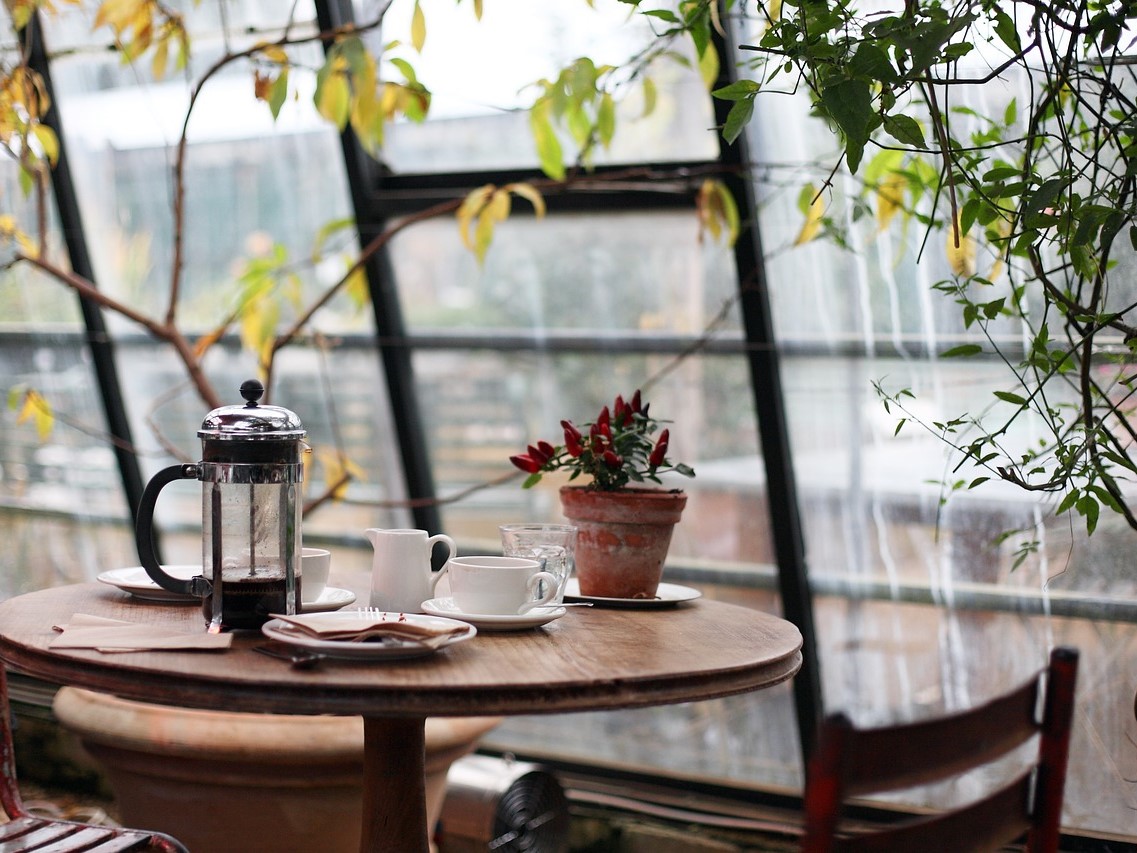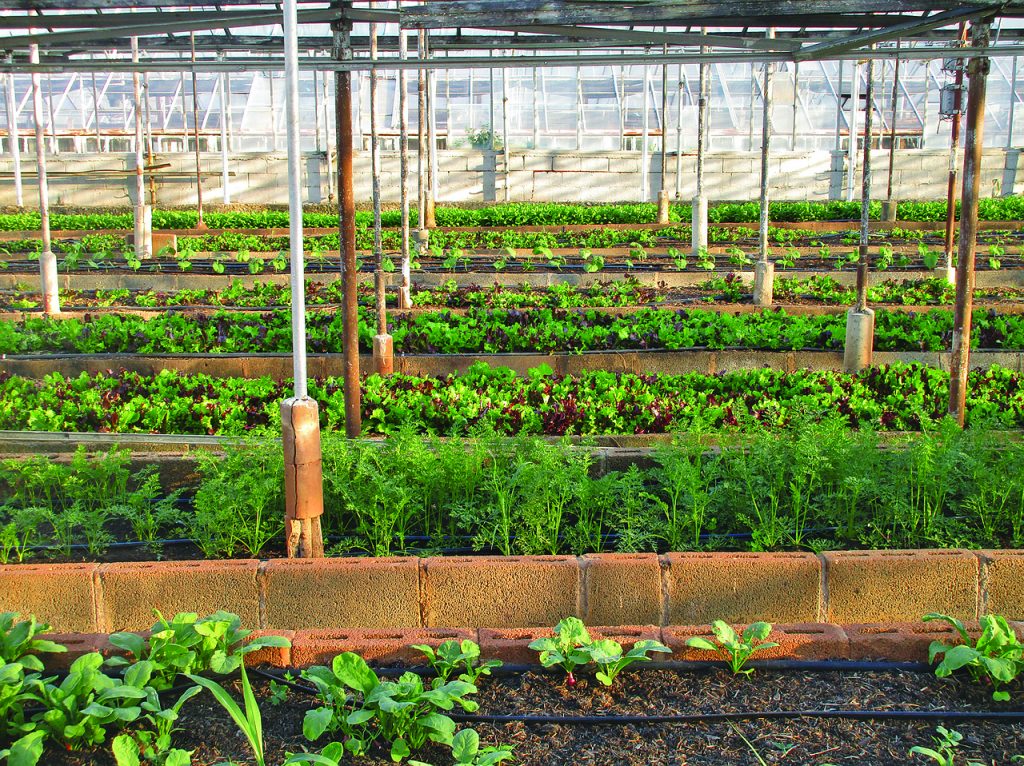operations
find all of our process here


The Sky's The Limit
Our operations include
1.Automated systems for growing flowers, herbs, vegetables & fruits, indoors/locally
2. Facilitating the use of coconut products
A. Advanced soil substitutes for the incredible growth of plants
B. Innovative biofertilizer combinations for growing a variety of plants
C. Supply chain management towards the circular economy
D. The future market for novel materials for commercial businesses
We Solve Real Problems
what can we do for you?

1. Automated systems for growing flowers, herbs, vegetables & fruits, and pet fish
We are determined to help people grow ornamental, health-boosting, and commercially attractive plant ensembles, indoors. Using the most environment-friendly and modern automation techniques, it is now possible to achieve large-scale localized production of fresh produce in the comfort of a home or an office. Furthermore, we would like to encourage people to grow fish as pets at their homes or workspace with decreased maintenance woes and increased emotional and health benefits. In this regard, we are continually innovating in the Aquaponics and Hydroponics concepts, processes, and methods, the soil-free growing of plants in combination with pet fish. These methods are useful for growing plants by using the waste of fish as the valuable feed of the plants, symbiotically. By using modern technology for fool-proof automation, these methods can be applied for designing and operating devices for large-scale production at commercial spaces or residences with limited space. To our advantage, these methods also ensure saving 90% of precious potable water usage, when compared to traditional farming or indoor gardening practices. .
Currently, there are no economical and fool-proof methods available for growing herbs, flowers, vegetables, and fruits indoors (residences or commercial centers). The products now available in the market for similar applications are ineffective to this cause, and not fool-proof, highly automated, aesthetically pleasing, or ergonomic. Though currently there are many products developed & marketed either through crowdfunding platforms (limited reach to markets) or through other organized commercial platforms (expensive and not possible for large scale production of vegetables and fruits), which target our prospective business and residential customer segments for locally growing plants, and fish as pets, they, unfortuinately, do not serve the purpose. .
Unique and novel market segments: Greenscaping offices, commercial spaces, and residences through automated plant growth, ornamental plants, and decorative pet fish, towards an eco-control approach. .
Real estate investment and related expenses in urban areas for offices, commercial centers, and residences are rising astronomically all over the world. Such development warrants space-saving, modern, sustainable solutions for air-purification, green scaping, and climate-controlled ambiance. Moreover, the recent rampant urbanization has resulted in an apparent disconnection of urban dwellers to the Natural ecosystem owing to limited space availability for growing plants and pets such as fish, indoors. Significantly, office plant watering is remaining an expensive and uncoordinated process. Global costs for office-plants watering is a staggering US $4.4 Billion annually. Often the untrained staff from contracted nurseries visit the facility or offices weekly for watering the plants. Owing to that, approximately 90 % of the office plants die due to over-watering, where those plants have dissimilar water and nutrition input requirements. All these unsustainable approaches result in huge wastage of time, resources, and human effort. Current practices in offices worldwide for including living plants for greenscaping are expensive and inefficient. One of our prototypes addresses the issue by helping greenscaping in preexisting limited spaces in the offices, such as the walls, ceilings, and cubicles. These ergonomic and aesthetically-pleasing beautiful systems assist in their employees personally connecting to the growth of (flowering) plants that increase oxygenation and air-purifying properties in their vicinity. The modular & customizable system also avails the opportunity to retain the current furniture arrangements in the offices. Therefore no extra budget needs to be allocated for remodeling the existing interior. One of the design concepts of this system takes up less than 2 sq. m space and grows over 120 beneficial and ornamental plants that can improve the health, mood, and productivity of the employees. Another futuristic system consists of an innovative design concept. For conference rooms, foyers, and walkways, it is possible to greenscape them without losing precious real estate. This system can be introduced and included especially to be built new building layouts but also be accommodated in existing buildings. than 5 sq. m space requirement and special acoustic features, this system will be an added advantage to the ambiance and aesthetics of the interiors. Beautiful, decorative, and ornamental system suitable for attracting views at the receptions of all clinical, educational, commercial, and residential spaces. This space-saving prototype consists of 1m x 1m aquarium with captivating ornamental pet fish, bright and colorful flower plants, and ornamental yet air-purifying and oxygenating plants. The ergonomic and space-saving design concept focuses on converting dead-spaces in a room into living spaces filled with lights, colors, sights, and beauty. Not only beneficial for aesthetic purposes, but this system will also prove to be an excellent educational tool for kids and adults alike to understand, appreciate, and connect to a Natural ecosystem. .
Furthermore, recent scientific studies had pointed out that when dementia and Alzheimer's patients dined watching fishes in an aquarium in the dining area, their health significantly improved. Not only the rate of memory loss of the patients was reversed, but they also consumed their entire portions of food. Such a development rendered their previous food supplementation requirement with nutrients, vitamins, and minerals redundant and saved costs for patient caring significantly. Therefore, we are targeting these urban market segments who are interested in bringing the Nature home through the following prototypes. .
The Aquaponics and Hydroponics-based plant growing systems that we have developed also could be easily monitored & operated automatically by users through a mobile app. These systems save space, require limited changing of pre-existing furniture arrangements, and greatly decrease energy and water requirements. Hence, to connect back with the Natural ecosystem, customers could place these decorative and natural-ecosystem-mimicking devices in their working or living spaces to reap emotional and health benefits. High levels of Oxygen producing plants, ornamental flower plants, plants with specific air purification properties could be grown automatically in these devices. It is also possible to include decorative pet fish in ornamental aquariums to these devices and place them in living rooms, office receptions, Café’s, Restaurants, Bars, and clinics or hospitals.
All these 6 prototypes will include 24/7 online monitoring and customer support. Moreover, we will establish a local service center for any region that has over 100 systems (cumulatively) installed and operated. The employees from the local service center will provide quarter-yearly service, support, maintenance, spare parts change, as well as cleaning for the first 4 years. .

Operations 2: Research & Development, and marketing of circular economy concepts & products
Circular Economy involves returning, repairing, reusing, and recycling of products and byproducts to decrease waste and create higher value. The commercial product from coconut trees is the coconut pulp, as well as the timber at the end of their lifecycle. Their byproducts, such as the coconut husk, is currently used only to make low-value (commercially) products. For instance, the Coir Board of India had been advocating many novel markets and techniques to improve the production and marketing aspects of these coconut byproducts until the last decade. There had been a great commercial push to use this raw-material to produce soil substitutes for growing plants in this current decade. In developed countries, market demand for soil substitutes made of coconut husk (cocopith) is on the rise. This is because the soil (substitute) is one of the highly used and required material at the upstream of both outdoor and indoor farming practices around the world. The soil substitute (cocopeat and cocopith) made from coconut husks not only serves as an excellent plant growth medium but also can be enriched to supply nutrients for plant growth for a minimum of 8 weeks.
A. Facilitating incredible growth of plants by offering advanced soil substitutes and bio-fertilizers
In the Netherlands, 9 companies are currently operating with the ‘RHP’ certification for selling the soil substitutes (called cocopeat, coco soil, coco substraat, or universele potgrond). One of the major companies, ‘Dutch Plantin’, imports around 20000 tonnes/year, and the combined import by all the major companies is a minimum of 100000 tonnes (100 million kilograms per year). Coconut husk is processed and dried to manufacture cocopeat as 5 kg blocks, 650 grams – 1 kg bricks, and discs of various sizes and shapes. The natural coconut fiber from the pith is sieved off and used to manufacture other fiber products of varying lengths, thickness, and applications. The current market (selling) price for these products in the Netherlands/Europe indicates a poor gross margin. However, most buyers in the Netherlands, Europe, or developed countries are interested in buying ready-to-use soil substitutes (coco soil). Hence, the imported cocopeat blocks or bricks need to be enriched to produce soil substitutes. It will be advantageous to possess the RHP certification for instilling confidence in the buyers, though it is a year-long process that also requires a local enriching facility. We are planning to expand to the nearby wealthy west & northern European cocopeat and cocosoil markets such as Germany, France, Scandinavia (Denmark, Sweden, and Norway), in 2021.
Operation 2b. Advanced biofertilizer combinations
Our continuous innovation processes include creating recipes of biofertilizers and soil substituent combinations for stimulating incredible growth of root to shoot of plants. Current soil substitutes require further steps of enriching to be completed before their application for growing both indoor and outdoor plants on a commercial scale. Our innovative and consistent recipes and products can help business customers from all disciplines (conservative farmers, or at greenhouses, or front-backyard/garden/balcony at residences, and for indoor hydroponics) to grow their plants all year round at an incredible rate. Both indoor and outdoor growing of plants will thus become possible with our soil substitutes and biofertilizer combinations for all business customers involved in farming, greenhouses, plants/seed research centers, small-scale indoor producers (urban farming) for microgreens, flowers, vegetables, and fruits.
Operation 2c. Supply chain management towards the circular economy
Current shipping practices involve palleting of goods suitable for moving them into the designated containers for shipment and delivery. However, palleting involves the destruction of more than 170 million softwood trees/year. We are focusing on the deforestation problem, and currently arriving at an environmental and economical solution. The lucrative solution involves replacing the traditional softwood palleting by manufacturing similar pallets made of coconut fibers from the coconut husk. It is commercially attractive since the high-value cocopallets could be produced out of a biological yet low-value source, coconut husk-derived fibers. We would like to address both the ‘Waste to Value’ scheme and environmental as well as economic product distribution aspects through this endeavor. Given this, we are inspired by the Cocopallet company in Amsterdam, the Netherlands, www.cocopallet.com, which possesses the technology to create such cocopallets. We are confident that we could arrive at such technology competence or build a technology transfer agreement, and subsequently, set up a manufacturing unit at the facility of our partner, in TamilNadu state, in India. We would like to generate revenue through this operation from 1) manufacturing the cocopallets, 2. getting a share in the sales of those cocopallets to shipping companies, and 3. Invent technologies to convert the used and broken cocopallets to coco soil in the Netherlands through the prospective facility to be established in the near future.
Operation 2d. The future market for novel materials for commercial businesses
Moreover, the cocopith also provides for lucrative markets, such as 1) fake wood materials for furniture tops (www.coirwood.com), 2) building biodegradable yet modular materials for various construction products (https://pond.global/), and 3) in flooring materials for playgrounds, parks, and track & fields for athletics (www.safefloor.dk). The market push for these products in India and other countries is set to begin by mid-2021.
